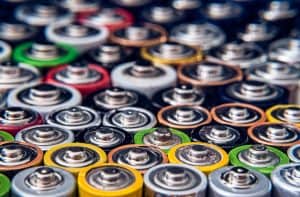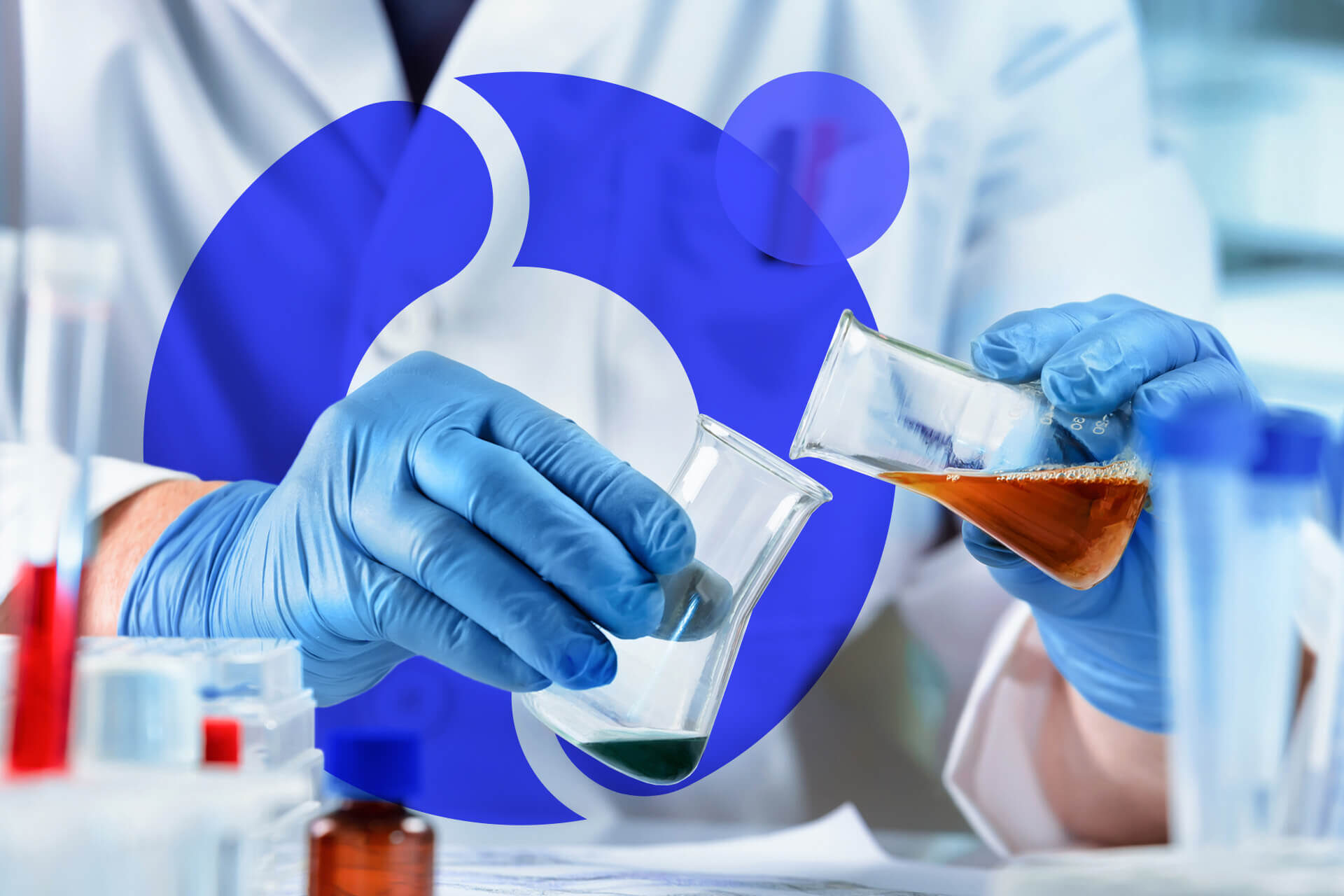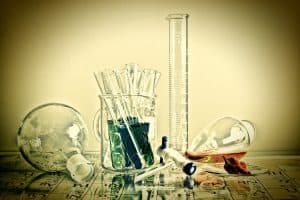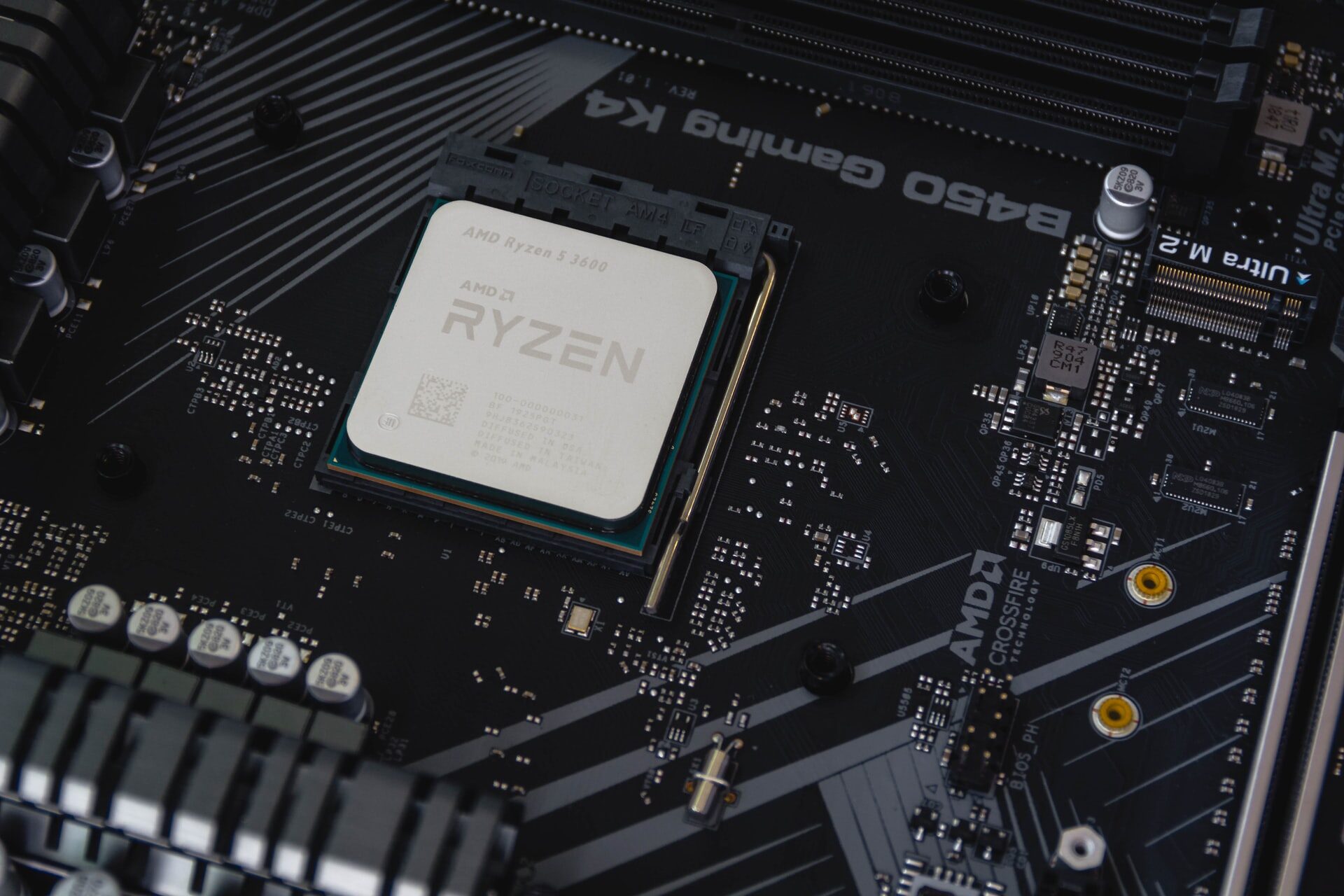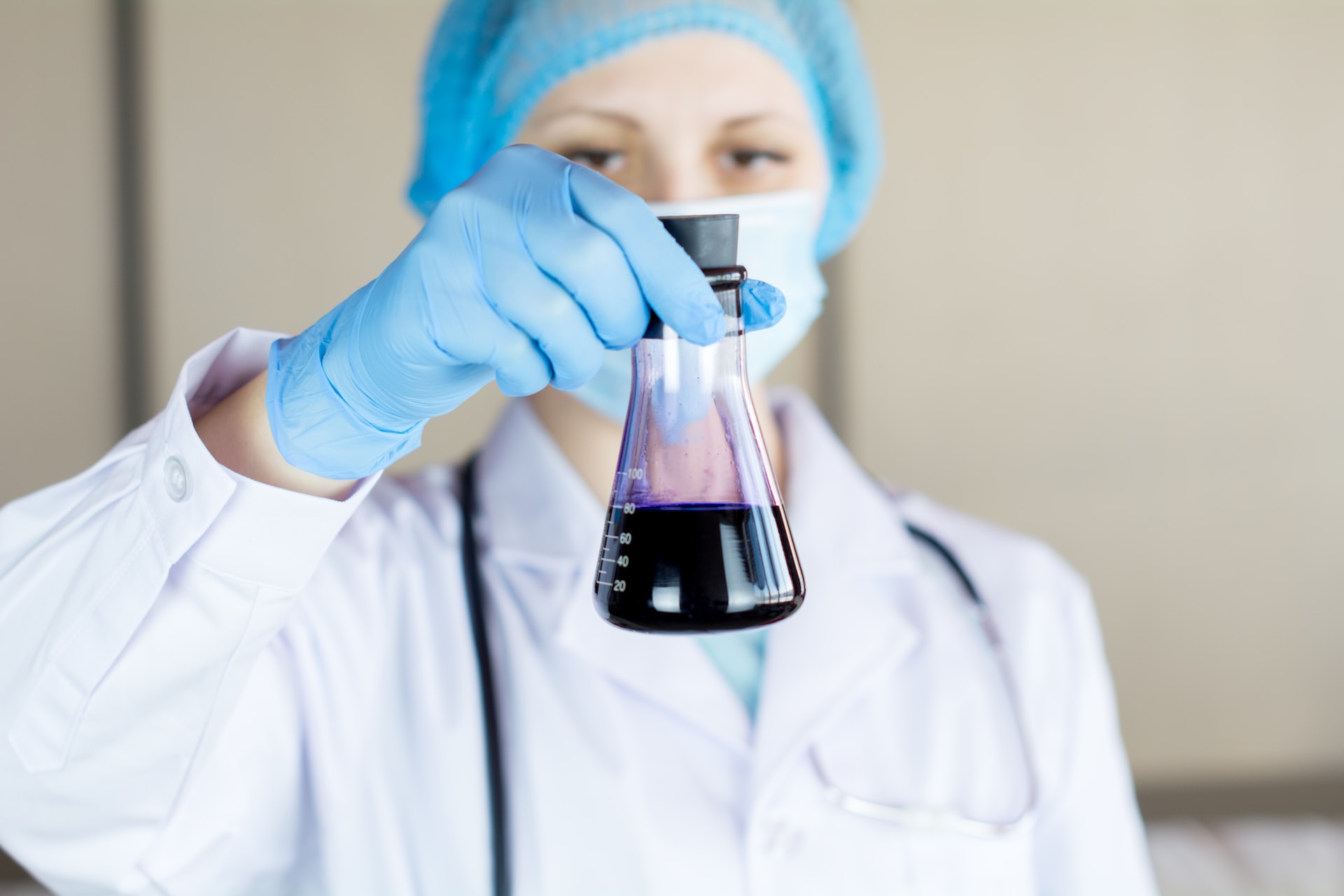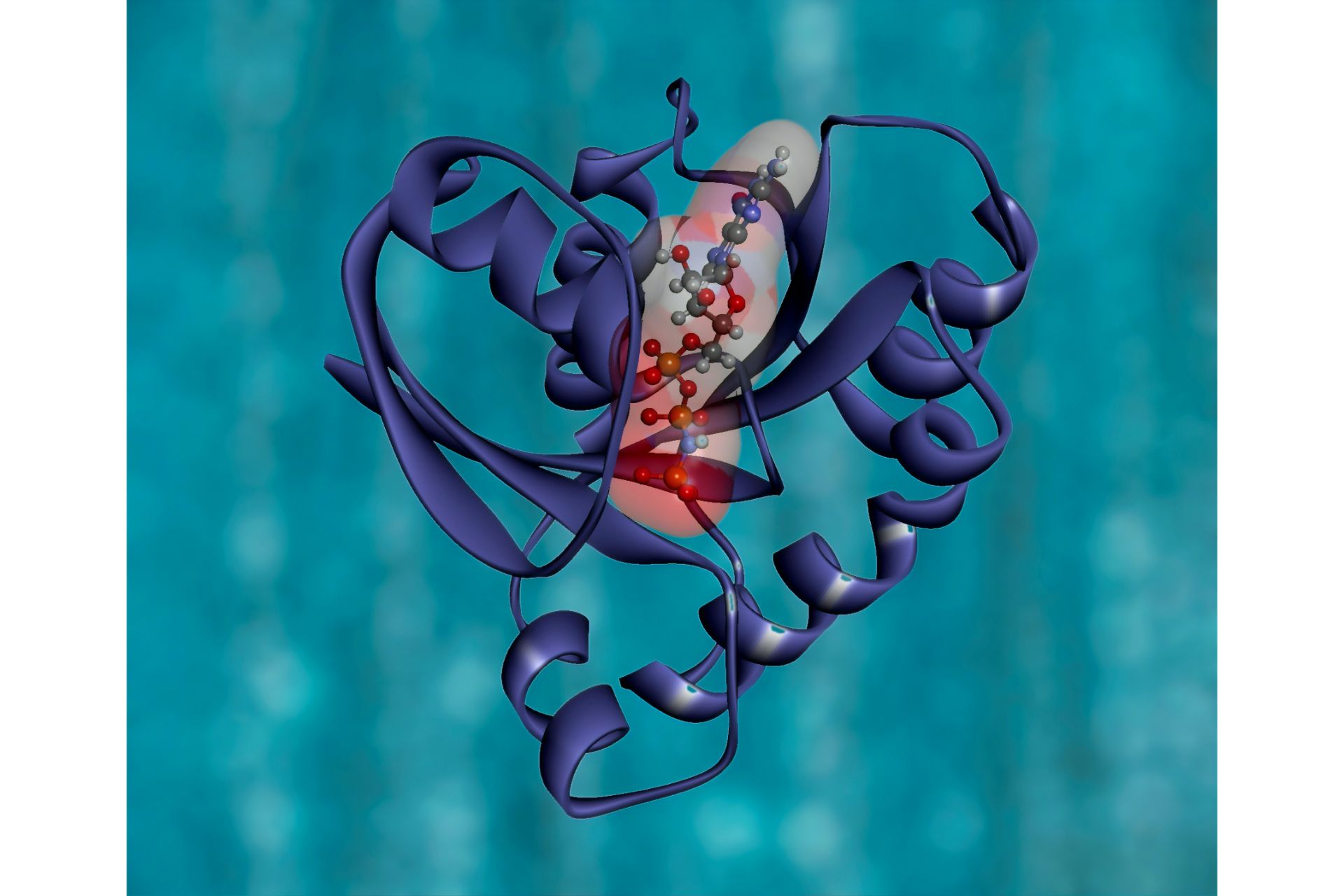
The Chemistry of Proteins: New Perspectives on Nature’s Most Important Compounds
May 2, 2023 - Ellie Gabel
Revolutionized is reader-supported. When you buy through links on our site, we may earn an affiliate commision. Learn more here.
Proteins are the organic compounds responsible for many important biological functions — far too many to discuss in just one article. However, it’s still worth taking a closer look at the complex chemistry of proteins and appreciating why they’re so crucial to life on earth. For now, let’s focus on the different types of human proteins that allow our bodies to thrive.
Keep in mind, this isn’t a grade school science lesson. We’re taking an in-depth dive into the chemistry of proteins — both the detectable and undetectable — so you get a full understanding of nature’s most important compounds.
What Proteins Are Made Of
All proteins consist of amino acids, which are organic molecules with one central carbon atom , hydrogen atom, amino group and carboxyl group. Each amino acid also has a unique “side chain” that differentiates the molecules from other proteins. Proteins are a combination of 20 different amino acids, each with its own three-letter and one-letter code:
- Alanine (ala/A)
- Arginine (arg/R)
- Asparagine (asn/N)
- Aspartic Acid (asp/D)
- Cysteine (cys/C)
- Glutamine (gln/Q)
- Glutamic Acid (glu/E)
- Glycine (gly/G)
- Histidine (his/H)
- Isoleucine (ile/I)
- Leucine (leu/L)
- Lysine (lys/K)
- Methionine (met/M)
- Phenylalanine (phe/F)
- Proline (pro/P)
- Serine (ser/S)
- Threonine (thr/T)
- Tryptophan (trp/W)
- Tyrosine (tyr/Y)
- Valine (val/V)
Multiple amino acids link together with peptide bonds within a protein, forming a long three-dimensional chain. Peptide bonds come from a biochemical reaction in the body’s water supply, extracting an H2O molecule and adding it to the carboxyl group of a nearby amino acid, forming linear structures like you see in the figure below.

Proteins are also primarily neutral molecules, meaning their acidic and basic groups are about equal in number and density. Arginine, lysine and histidine are the most common amino acids found in living organisms — although animal species don’t produce lysine. A protein’s imidazole ring binds the nitrogen and hydrogen atoms together, stabilizing the structure.
The imidazole ring isn’t the only thing that keeps proteins together. The sequences of amino acids present in the protein also play important roles.
The Importance of Amino Acid Sequences
Amino acid sequences are crucial to the chemistry of proteins because their side chains bond with each other and create a charge, holding the protein’s structure together. When charged, amino acid chains can form ionic bonds, and some can even form hydrogen bonds. Most bonds are noncovalent with the exception of cysteine bonds, which they only do with certain side chains. Their location in the body also plays a role.

Scientists are still unable to unlock full information about amino acid sequences because it requires artificial protein degradation. They have to split off one amino acid at a time — known as the Edman degradation — with mild hydrolysis to avoid damaging the peptide bonds. However, small losses to the chain still occur as a result.
As of right now, we can only determine the sequence of about 50 amino acids through Edman degradation. More information might be obtained by hydrolyzing another section of the protein’s chain with a new enzyme such as chymotrypsin, which results in multiple new protein degrading — or proteolytic — enzymes. Frederick Banting and his colleagues discovered the sequence of insulin in this fashion.
So, although our understanding of amino acid sequences is still limited, there is no debate that they play an indispensable role in preserving human proteins. We might unlock more valuable insights about amino acids in the near future, as scientists are uncovering more and more hidden proteins in the body.
Disguised Proteins
Some scientists estimate that up to 30% of the proteins in our cells have unknown structures and functions. This not-so-small percentage remains either disguised or hidden. It’s only possible to discover new proteins with sufficient evidence of peptides that match a predicted protein sequence. In other words, it’s a guessing game.
When you take gene variations into account, there could be millions of undiscovered proteins inside each and every one of us. This unexplored realm is increasingly referred to as the “dark proteome” and offers a new perspective on the chemistry of proteins.
The protein-making process isn’t as simple as scientists would like it to be. It might start in a linear sequence at one end of a human gene, but there’s no guarantee that it adheres to the correct sequence the whole way through. The RNA that results might get spliced together in unique ways, sometimes resulting in genetic mutations.
Altered forms of the expressed gene — also known as isoforms — are present in almost every human, but their commonality works against researchers. Since they appear so often, it’s almost impossible to detect any undiscovered proteins that might be present. Additionally, the proteins that result from isoforms often look the same under a mass spectrometer, further complicating protein recognition.
These “disguised proteins” contain many secrets to human functionality that the human biology community has yet to unlock. There is also another sect of unexplained proteins, which are wholly shapeless and undetectable.
Shapeless Proteins
In 2014, scientists from around the world started a protein research initiative called the Human Proteome Project (HPP). This project was the unofficial sequel to the Human Genome Project, which was responsible for discovering the 20,000 genes that code human proteins. Among these genes were thought to be 80-90% of all proteins. The HPP seeks to account for the remaining percentage – the shapeless undetectable proteins.
Scientists with the HPP haven’t been able to detect these proteins for many reasons. The cells they analyzed might not express the protein, or express it in low amounts. Sometimes it’s a simple matter of luck or timing. One way to get around this problem is to analyze a wider range of cell samples, including sperm and olfactory cells.
Of course, another explanation is more plausible: these undetectable proteins simply lack the features that scientists rely on with their current research techniques. The aforementioned mass spectrometry method involves breaking proteins down into smaller peptides, but if the enzymes in the spectrometer can’t process a new protein, the device can’t analyze it.
As of right now, scientists with the HPP estimate there are at least 1,343 missing proteins that might be found in genetic mutations, rare amino acid sequences and uncommon cell or tissue types. Finding these proteins hasn’t gotten any easier, and funding for research is scarce. That means most analysis is done independently, and thus the full chemistry of proteins remains a mystery.
We Still Know Little About Proteins
Even with rapid advancements in research methods and technology, we still know relatively little about the chemistry of proteins. A vast labyrinth of disguised and shapeless proteins remain undiscovered, leaving the human species with many unanswered questions about our own anatomy.
If you want to read more about chemistry, check out Revolutionized’s Chemistry Archive for more educational and informational materials.
Revolutionized is reader-supported. When you buy through links on our site, we may earn an affiliate commision. Learn more here.
Author
Ellie Gabel
Ellie Gabel is a science writer specializing in astronomy and environmental science and is the Associate Editor of Revolutionized. Ellie's love of science stems from reading Richard Dawkins books and her favorite science magazines as a child, where she fell in love with the experiments included in each edition.
